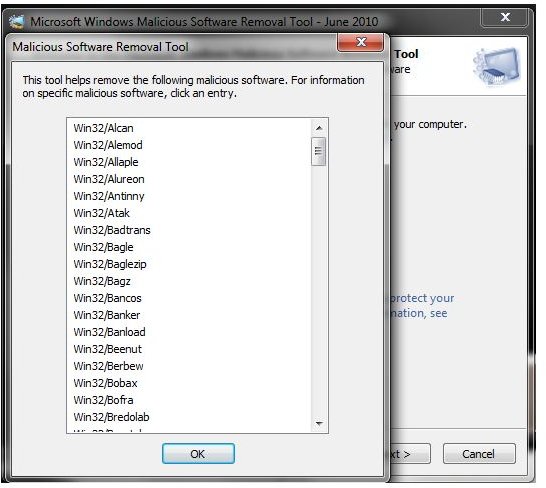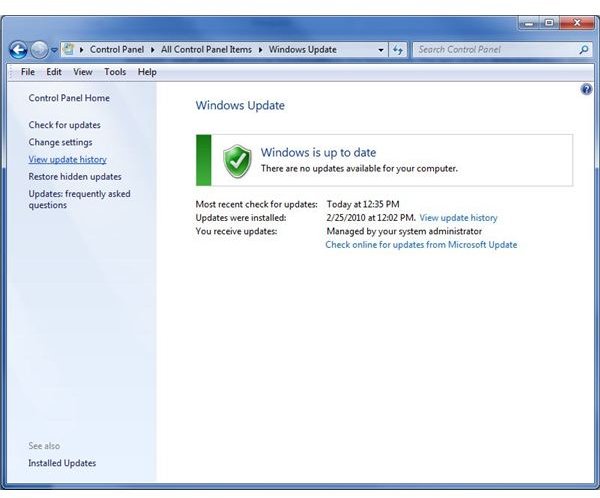

While the number of new malware programs entering the market fell in 2016, there’s no reason to believe that malware will completely go away anytime soon, if ever. In short, malware is almost as prevalent as regular software, with nearly 600 million known malware in existence as of 2016. You can even get it from USB flash drives you find on the sidewalk (ok, that one might be obvious). Advertisements on web pages aren’t even safe. You can get it from suspicious links in emails. You can get malware from software you download, even from seemingly safe and reputable websites. “ Malware ,” (short for malicious software ) is the broader term for any malicious program that could potentially mess with your computer. These utilities often slow down your computer, so they don’t want to promote them. They say you don’t need an antivirus because they know people hate antivirus software. Apple markets these products as virus-free. Mac OS X software has more high-risk vulnerabilities than all versions of Windows put together. As Bitdefender CEO Bogden Botezatu explained in a 2015 Digital Trends article: Every operating system is susceptible to viruses. You’ve also probably heard (most likely from a smarmy Mac user) that Macs don’t get viruses.

Windows operating systems are running on over 90 percent of all computers currently in use, making them a larger target for cybercriminals and bored internet troublemakers. This is even truer if you’re a Windows user. If you’ve been poking around on internet-connected computers for a while, there’s a very good chance you’ve gotten at least one of the hundreds of millions of malware floating around. Scs.py | python scs.py 10.180.124.50 10.’s face it: Malware is pernicious, annoying, and quite often dangerous. It goes this way on my workstation: Usage: There is a Python tool called SCS that you can launch from your workstation, and you can find it here: Search for "Network Scanner" and, if you're running Windows:ĭownload from his website. de/wg/cs/applications/containing-conficker/. Look also at this resource ("network scanner"). I almost forgot to mention this very nice "visual" approach: Conficker Eye Chart (I'm not sure if it will work in the future with modified version of the virus) - I'm not sure if it still works properly (update 06/2009):ĮEye's Free Conficker Worm Network Scanner: It should give a warning if there is a sign of conficker on the machine: There is this web page which you could open. Read this Micosoft support article: Virus alert about the Win32/Conficker.B worm

You can download the MSRT from either of the following Microsoft Web sites: It is a stand-alone binary that is useful in the removal of prevalent malicious software, and it can help remove the Win32/Conficker malware family. Run Microsoft's Malicious Software Removal tool.


 0 kommentar(er)
0 kommentar(er)
